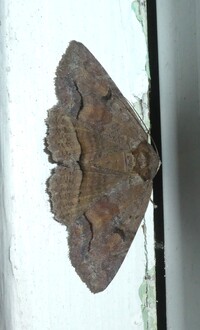
| Recorded by: Simpson Eason on 2022-08-19
Durham Co.
Comment: | 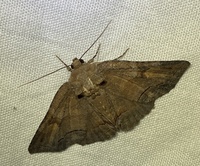
| Recorded by: David George, Lior Carlson, Brian Bockhahn on 2022-08-09
Rockingham Co.
Comment: |
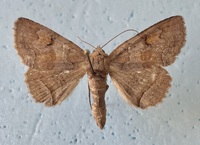
| Recorded by: Darryl Willis on 2022-05-18
Cabarrus Co.
Comment: | 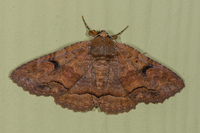
| Recorded by: David L. Heavner on 2021-07-11
Chatham Co.
Comment: |
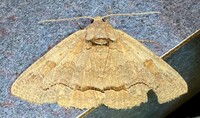
| Recorded by: Dean Furbish on 2021-04-29
Wake Co.
Comment: | 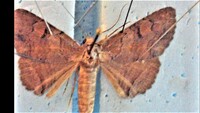
| Recorded by: Darryl Willis on 2020-07-18
Cabarrus Co.
Comment: |
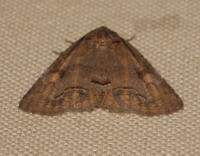
| Recorded by: Vin Stanton on 2020-07-14
Buncombe Co.
Comment: | 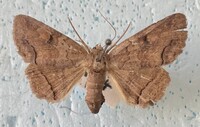
| Recorded by: Darryl Willis on 2014-07-06
Cabarrus Co.
Comment: |
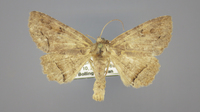
| Recorded by: J.B. Sullivan on 2013-05-10
Mecklenburg Co.
Comment: | 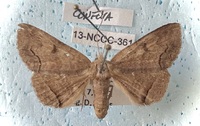
| Recorded by: Darryl Willis on 2012-06-07
Cabarrus Co.
Comment: |
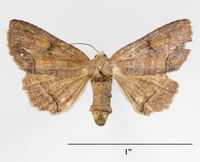
| Recorded by: Paul Scharf on 2011-05-02
Warren Co.
Comment: DNA Barcoded by JBS. Wingspan = 3.9 cm | 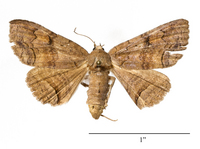
| Recorded by: Paul Scharf on 2010-07-19
Warren Co.
Comment: DNA barcoded by JBS. Wingspan = 4.5 cm |
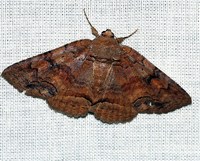
| Recorded by: Paul Scharf on 2010-07-19
Warren Co.
Comment: Same specimen as the one shown spread; confirmed by barcoding | 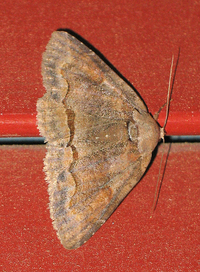
| Recorded by: Steve Hall on 2008-07-19
Orange Co.
Comment: Photographed at porch light. Identified as confusa by its pale coloration and lack of well-defined markings. Both Shortleaf and Scrub Pine occur nearby. |
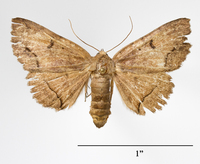
| Recorded by: Steve Hall, Scott Hartley, Chris Helms on 2000-06-24
Moore Co.
Comment: Female; confirmed by checking genital plate. Collected in fire suppressed stand of hardwoods dominated by Southern Red Oak. Wingspan = 4.0. | 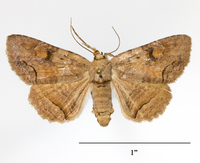
| Recorded by: JB Sullivan on 1978-07-24
Craven Co.
Comment: Wingspan = 4.2 cm |
|

 »
»


 »
»
